Physics
Sign up for our newsletter
We summarize the week's scientific breakthroughs every Thursday.
-
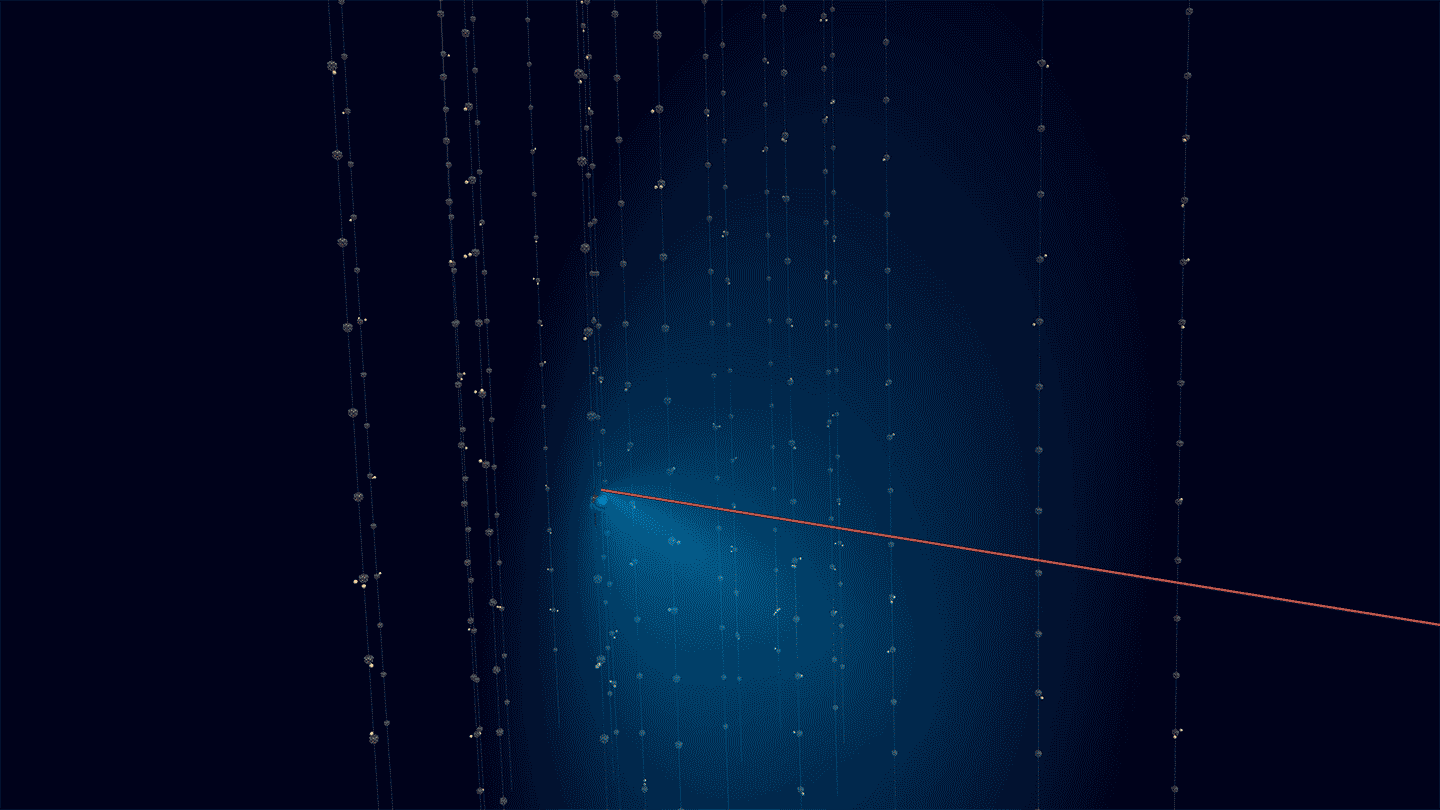 Physics
PhysicsA cosmic neutrino of unknown origins smashes energy records
A deep-sea detector glimpsed a particle with 220 million billion electron volts of energy — around 20 times as energetic as any neutrino seen before.
-
 Animals
AnimalsHow mantis shrimp deliver punishing blows without hurting themselves
A mantis shrimp's punch creates high-energy waves. Its exoskeleton is designed to absorb that energy, preventing cracking and tissue damage.
By Jake Buehler -
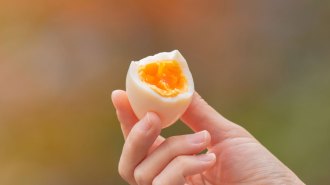 Materials Science
Materials ScienceThe best way to cook an egg — in 32 minutes
It’s hard to cook both the white and the yolk of the egg to the right temperature. Scientists have found a new method, called periodic cooking.
-
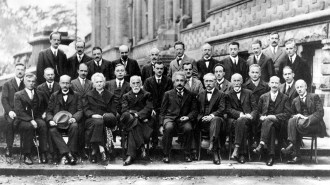 Quantum Physics
Quantum PhysicsQuantum mechanics was born 100 years ago. Physicists are celebrating
Quantum physics underlies technologies from the laser to the smartphone. The International Year of Quantum marks a century of scientific developments.
-
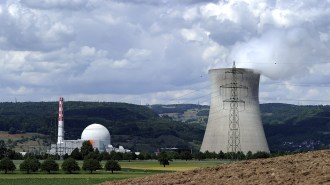 Particle Physics
Particle PhysicsA tiny neutrino detector scored big at a nuclear reactor
A compact method of detecting neutrinos provides new tests of physics theories and could lead to new reactor-monitoring methods.
-
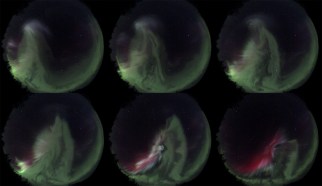 Earth
EarthGhostly white northern lights present new auroral mystery
These mysterious whitish-gray glows in the northern lights might be cousins of the mauve light streak known as STEVE.
-
 Physics
PhysicsHula-hooping robots reveal the physics behind keeping rings aloft
The gyrations of hoop-slinging robots reveal that hourglass-shaped objects are best at keeping a hoop in the air.
-
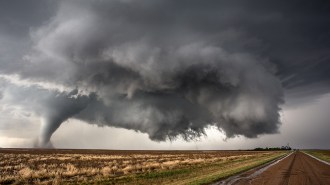 Particle Physics
Particle PhysicsCosmic rays could help reveal how tornadoes form
Subatomic particles called muons could measure pressure changes in supercell thunderstorms and the twisters they kick up.
-
 Particle Physics
Particle PhysicsA major new neutrino experiment is nearing completion
The JUNO experiment, which will study the ways of the electrically neutral subatomic particles, will be the largest of its kind.
-
 Physics
PhysicsFiber friction is the key to cozy knits
Friction between loops of yarn give knit fabrics the ability to take on a variety of shapes even when no force is applied.
-
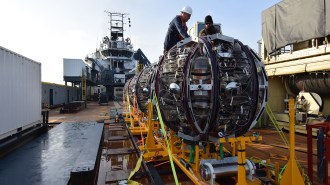 Particle Physics
Particle PhysicsScientists are building underwater neutrino telescopes in the Mediterranean
The KM3NeT telescopes, currently under construction, will catch high-energy neutrinos that could reveal secrets of the cosmos.
-
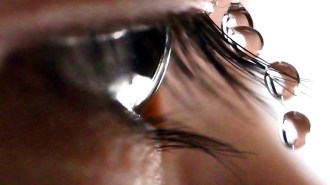 Physics
PhysicsEyelashes’ special features help fling water from the eyes
Eyelashes “micro-ratchet” structure and curved shape help wick water away from the eyes.